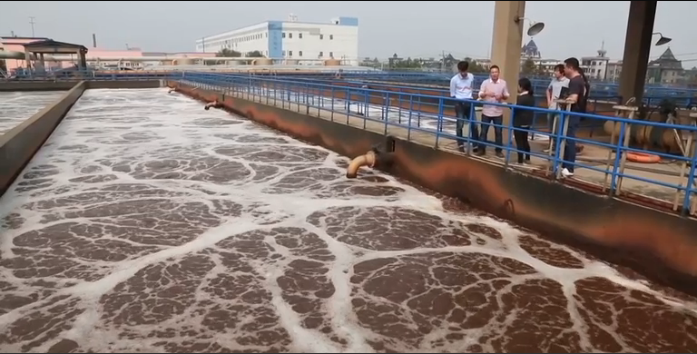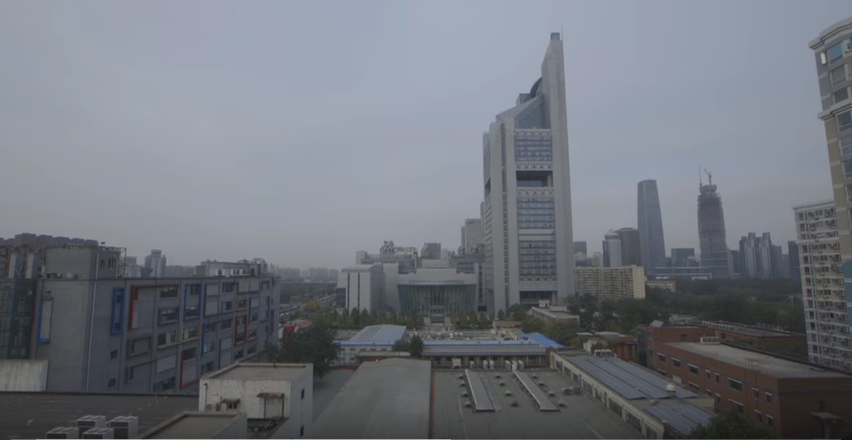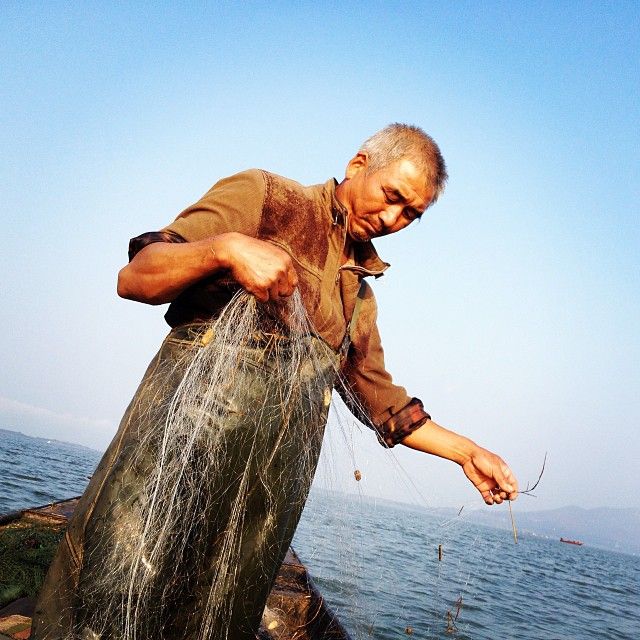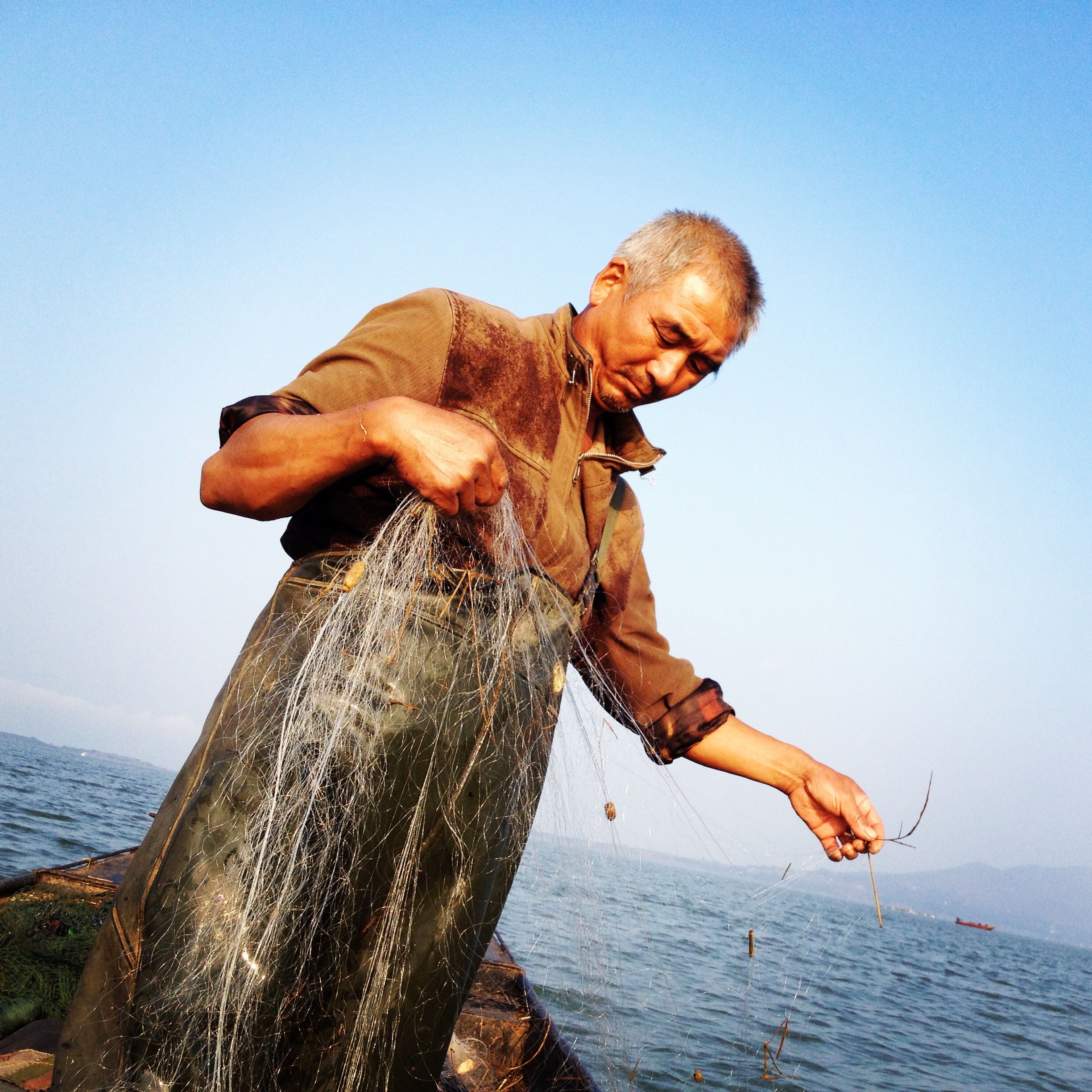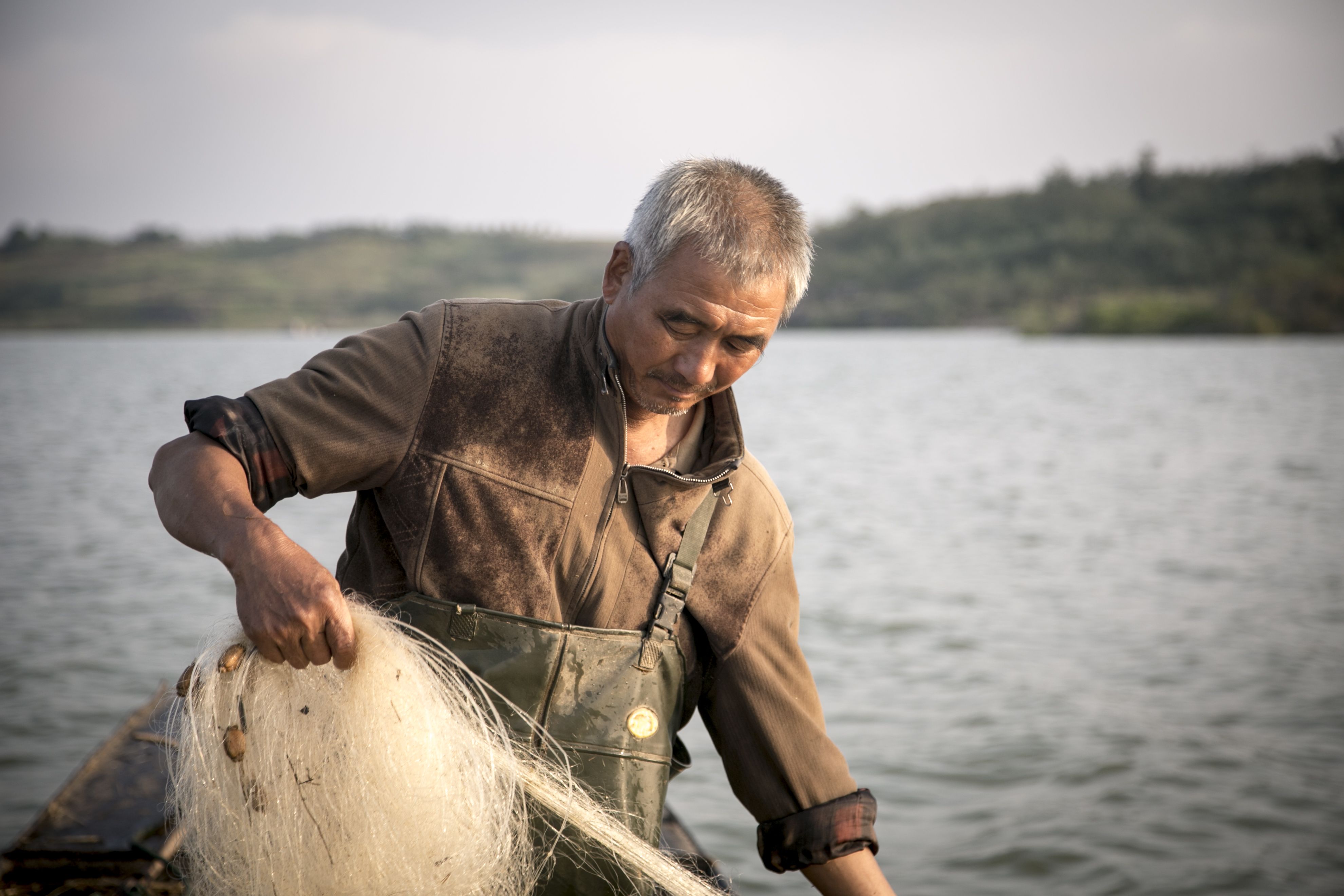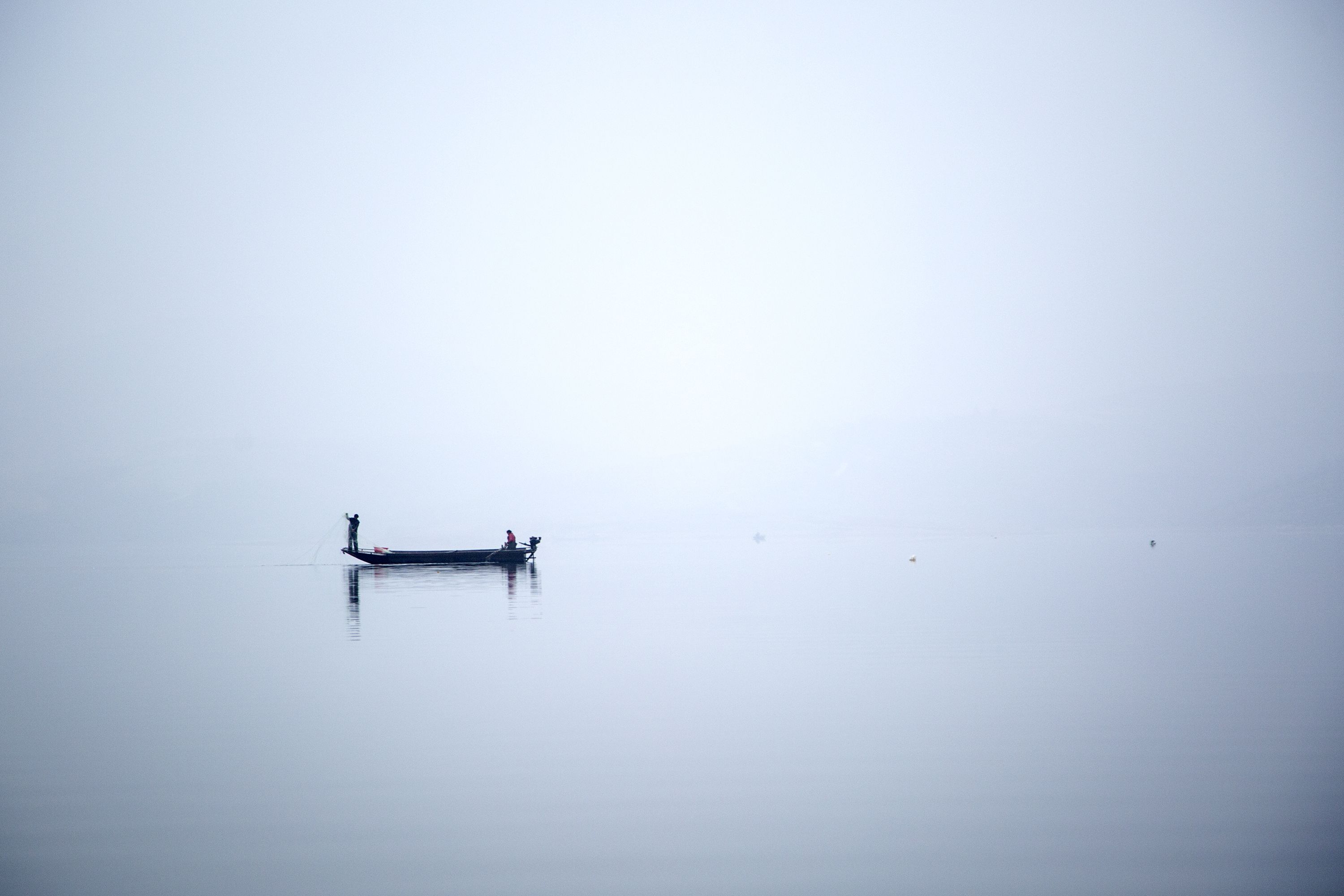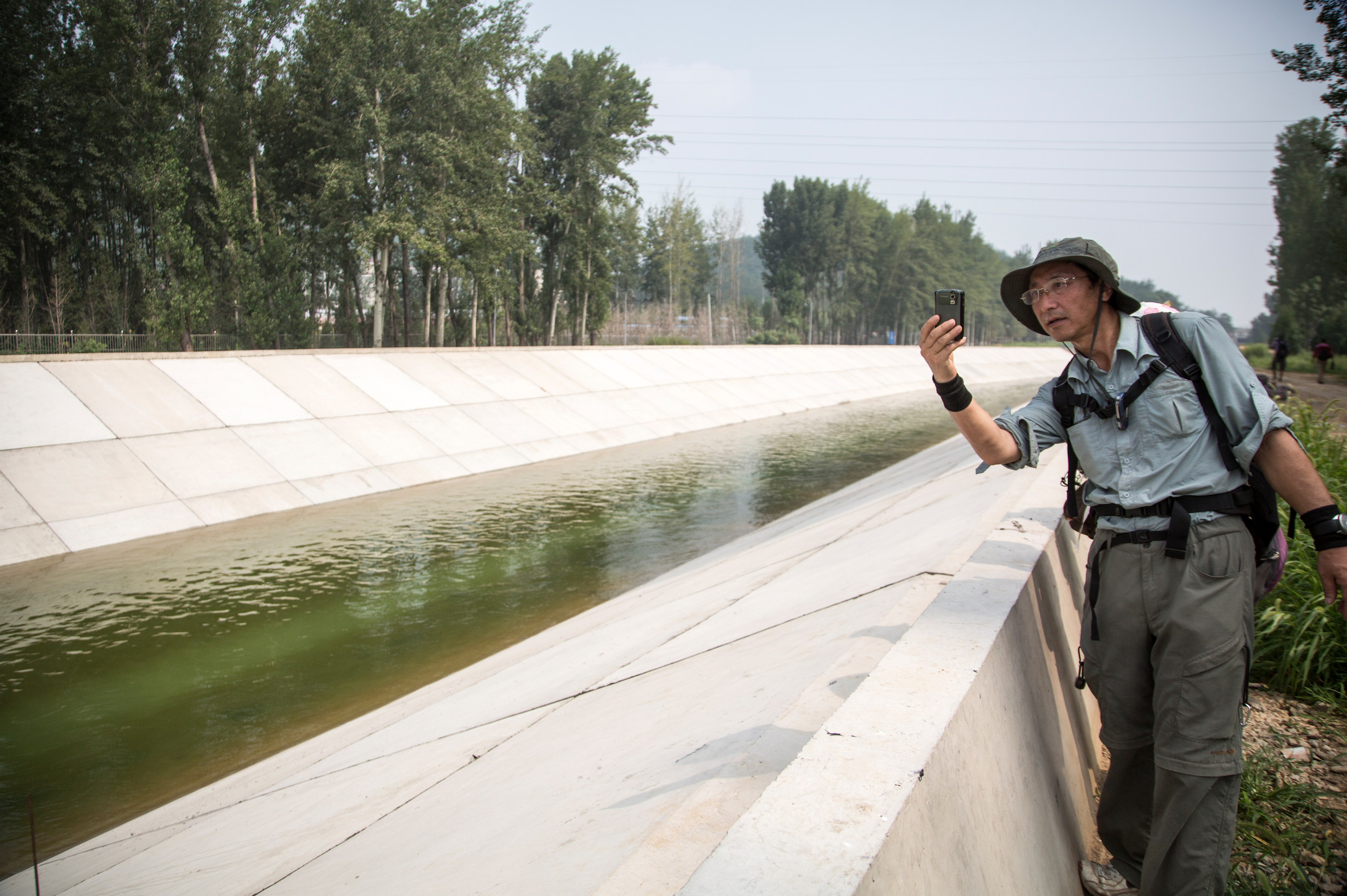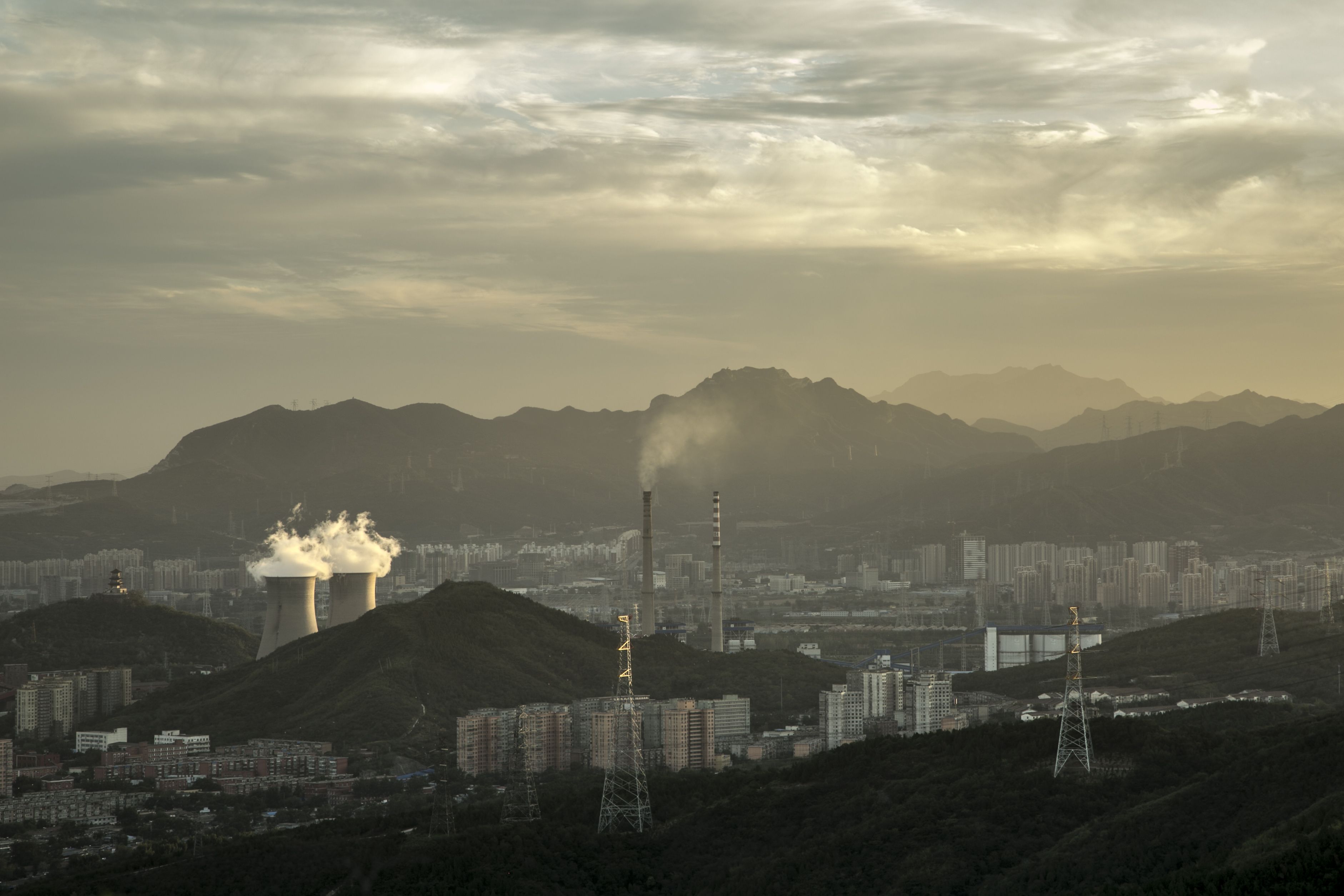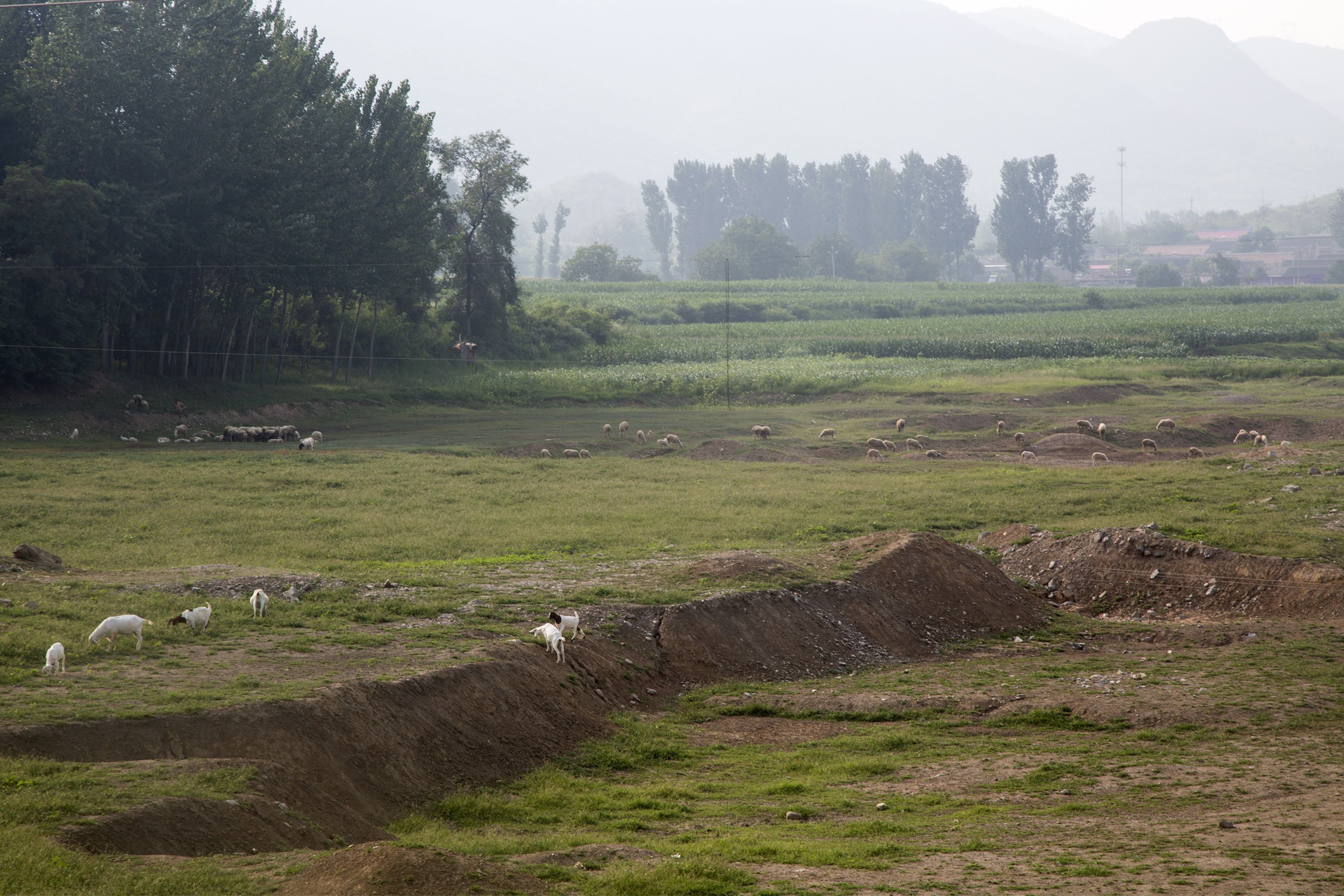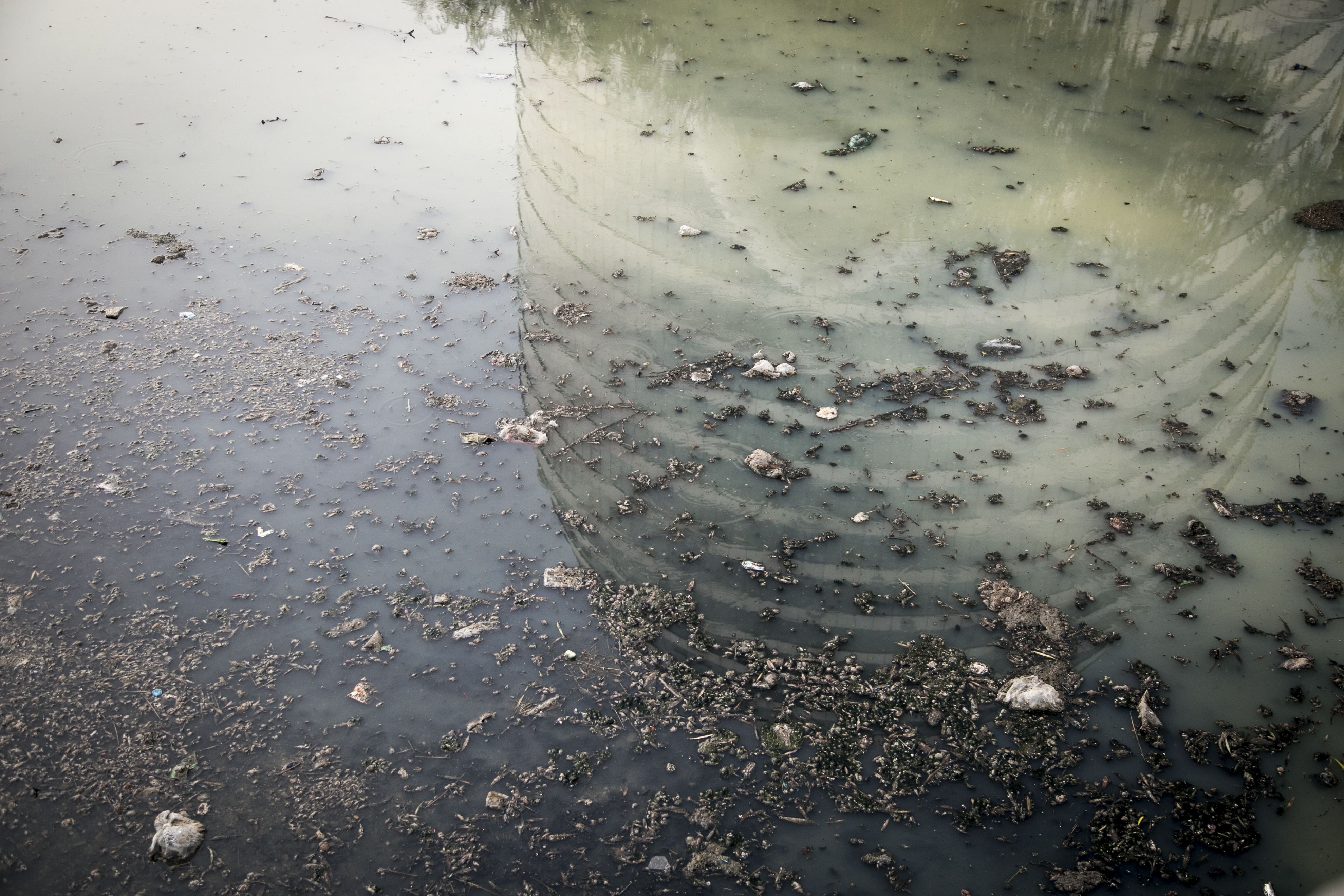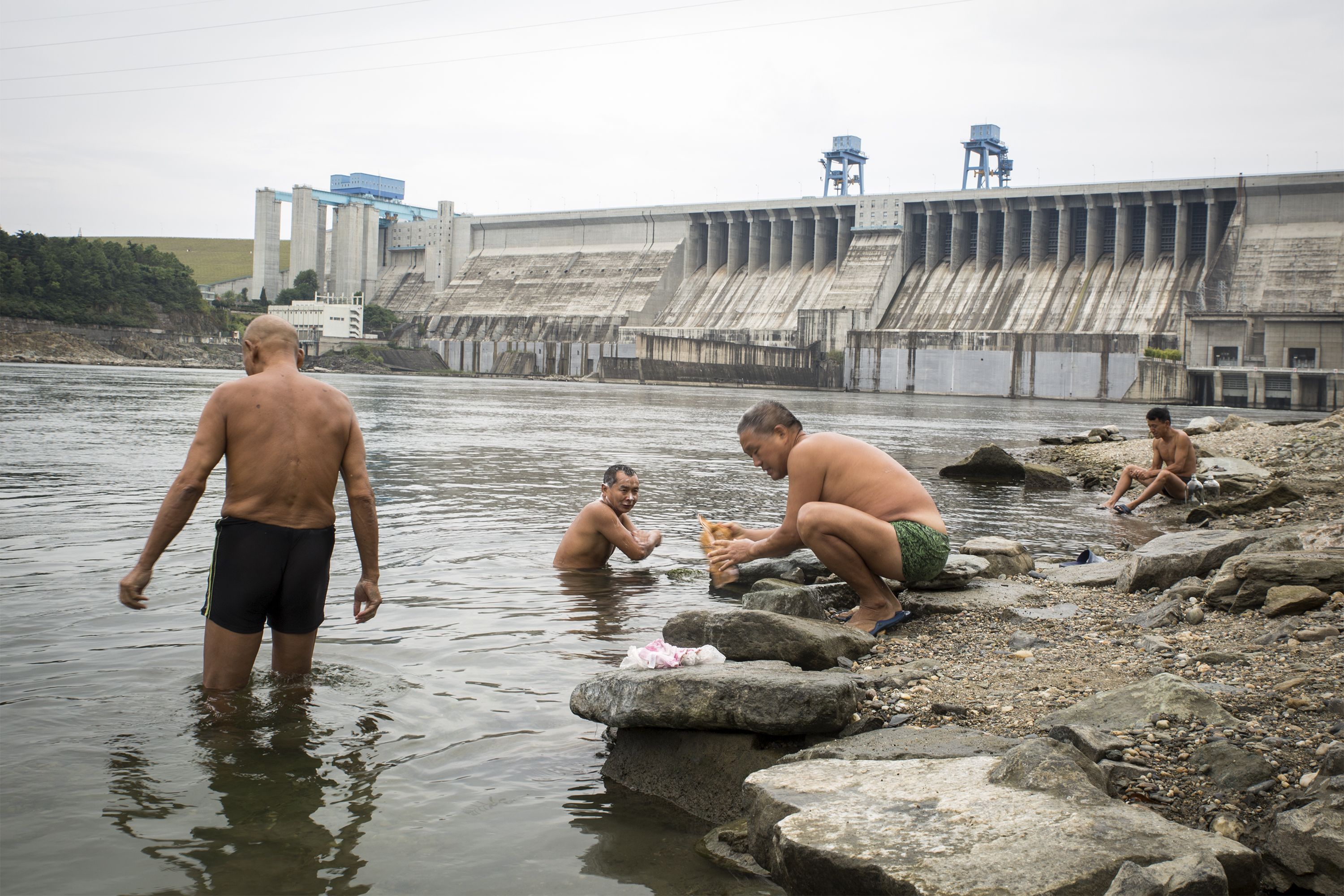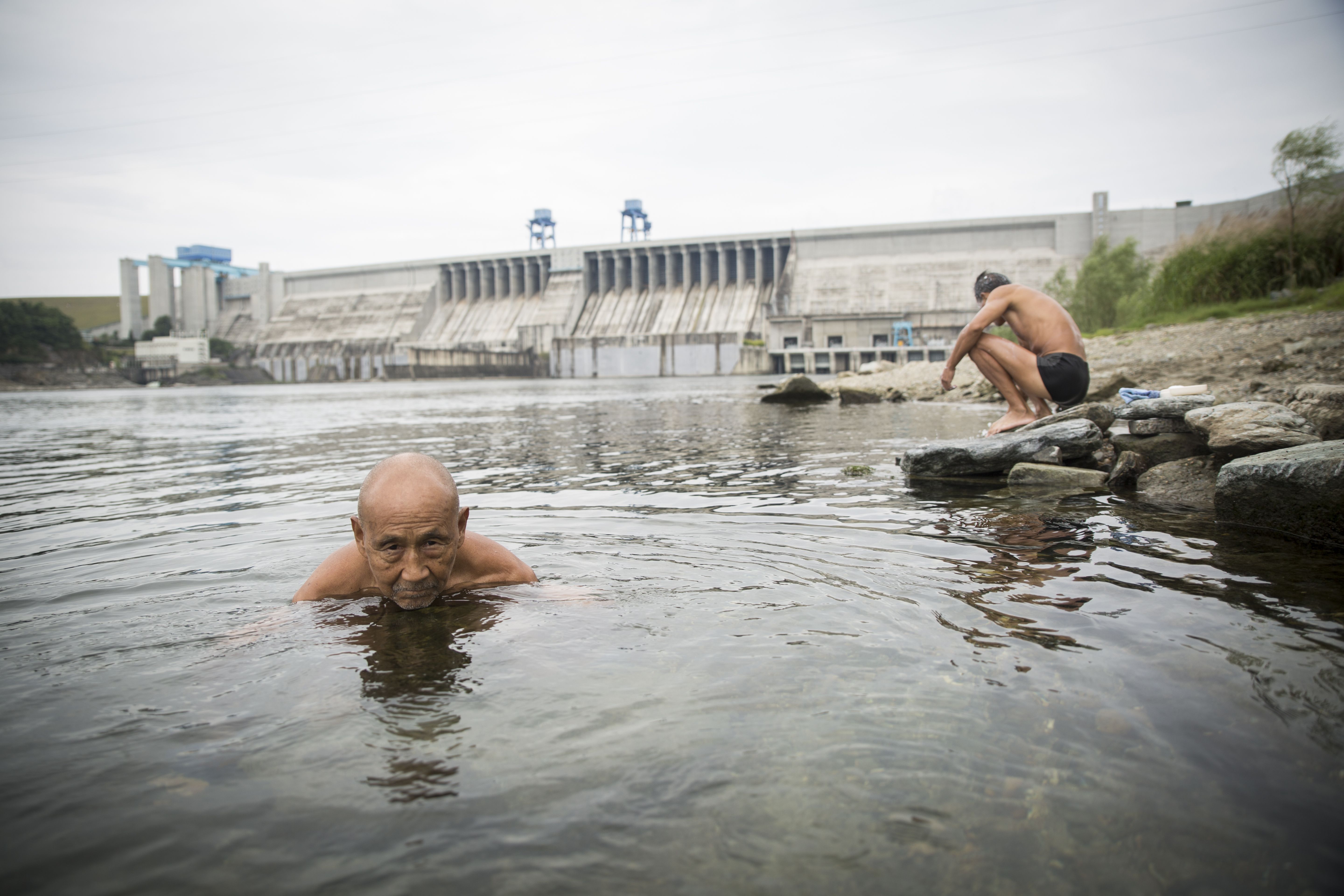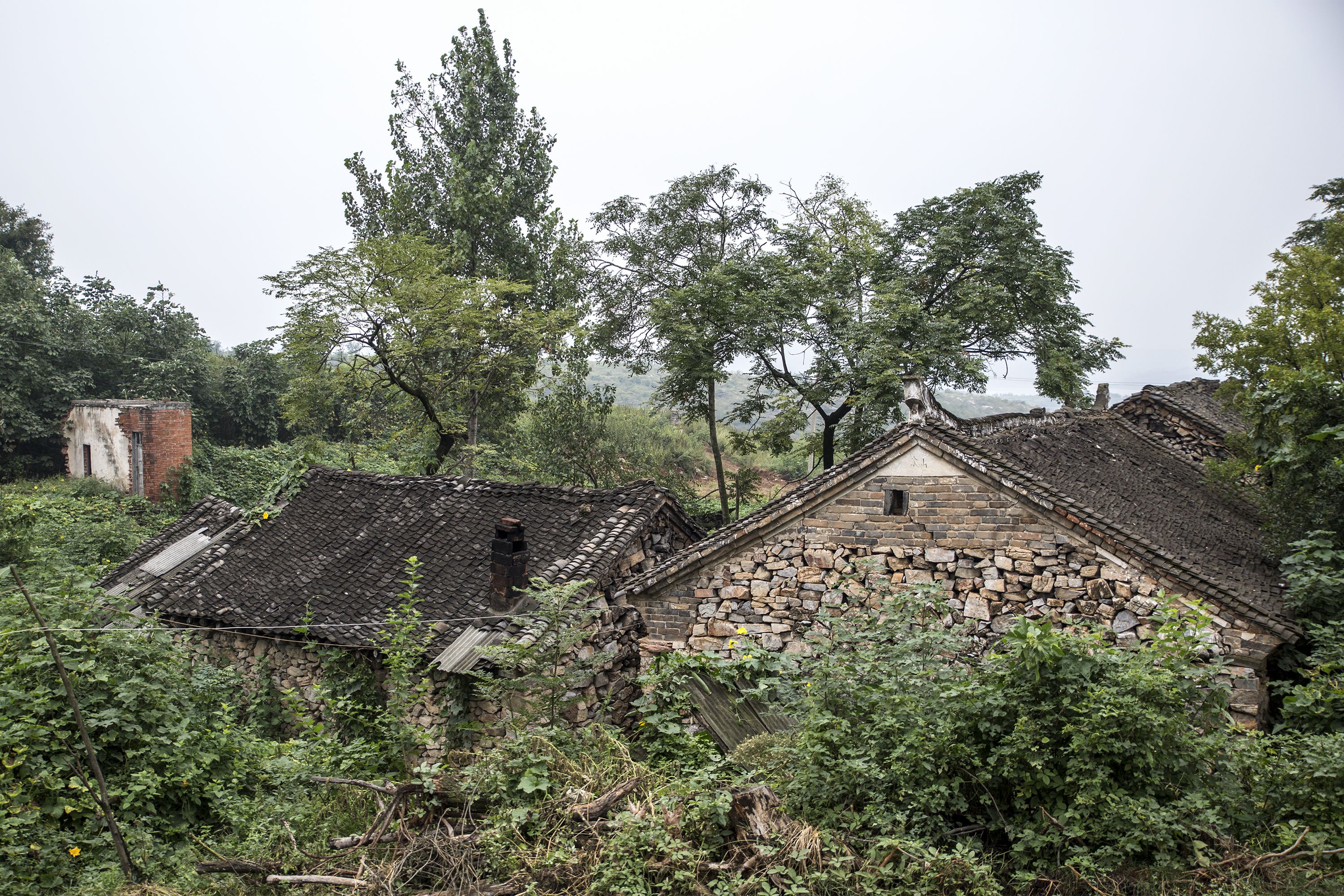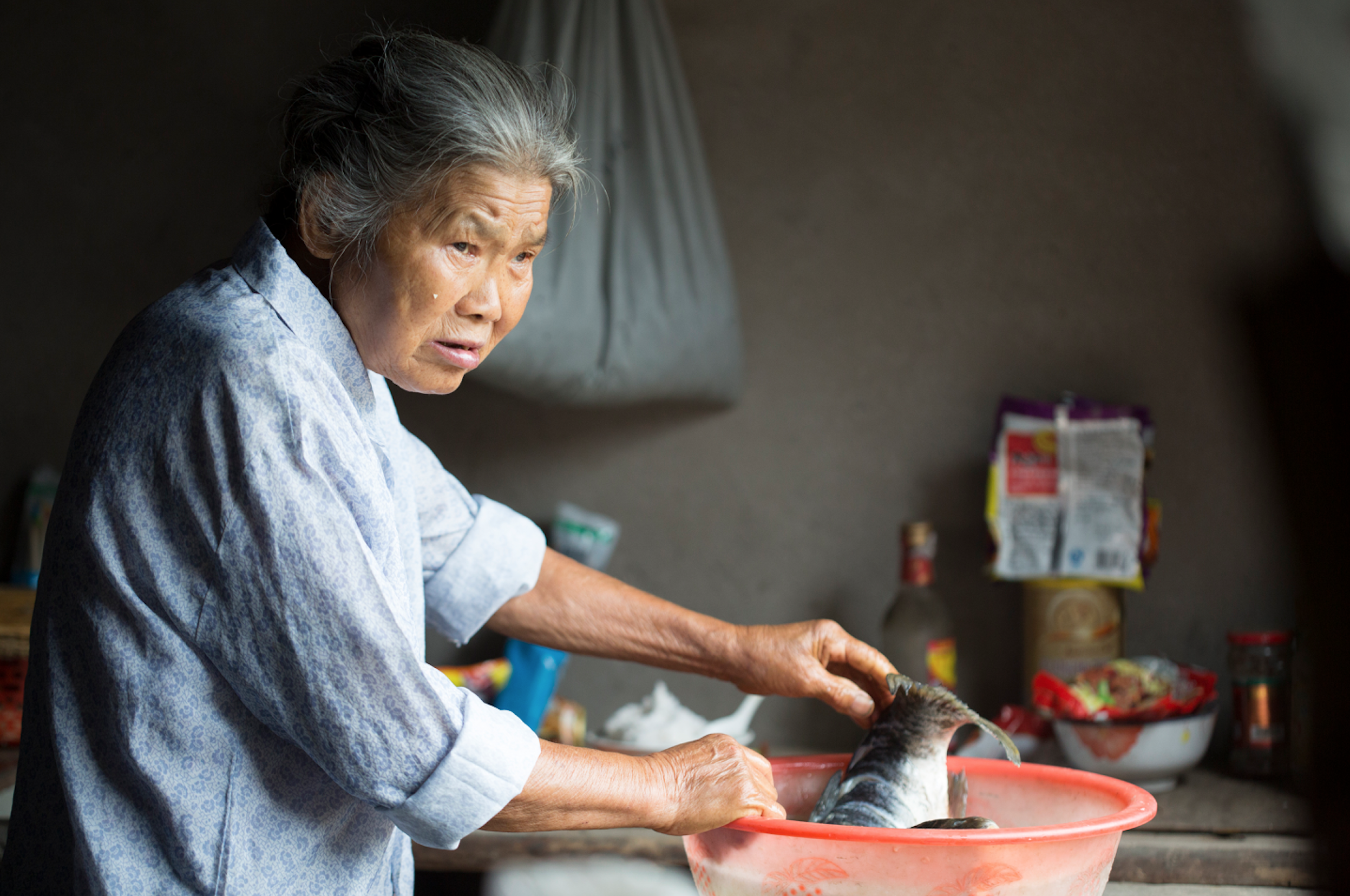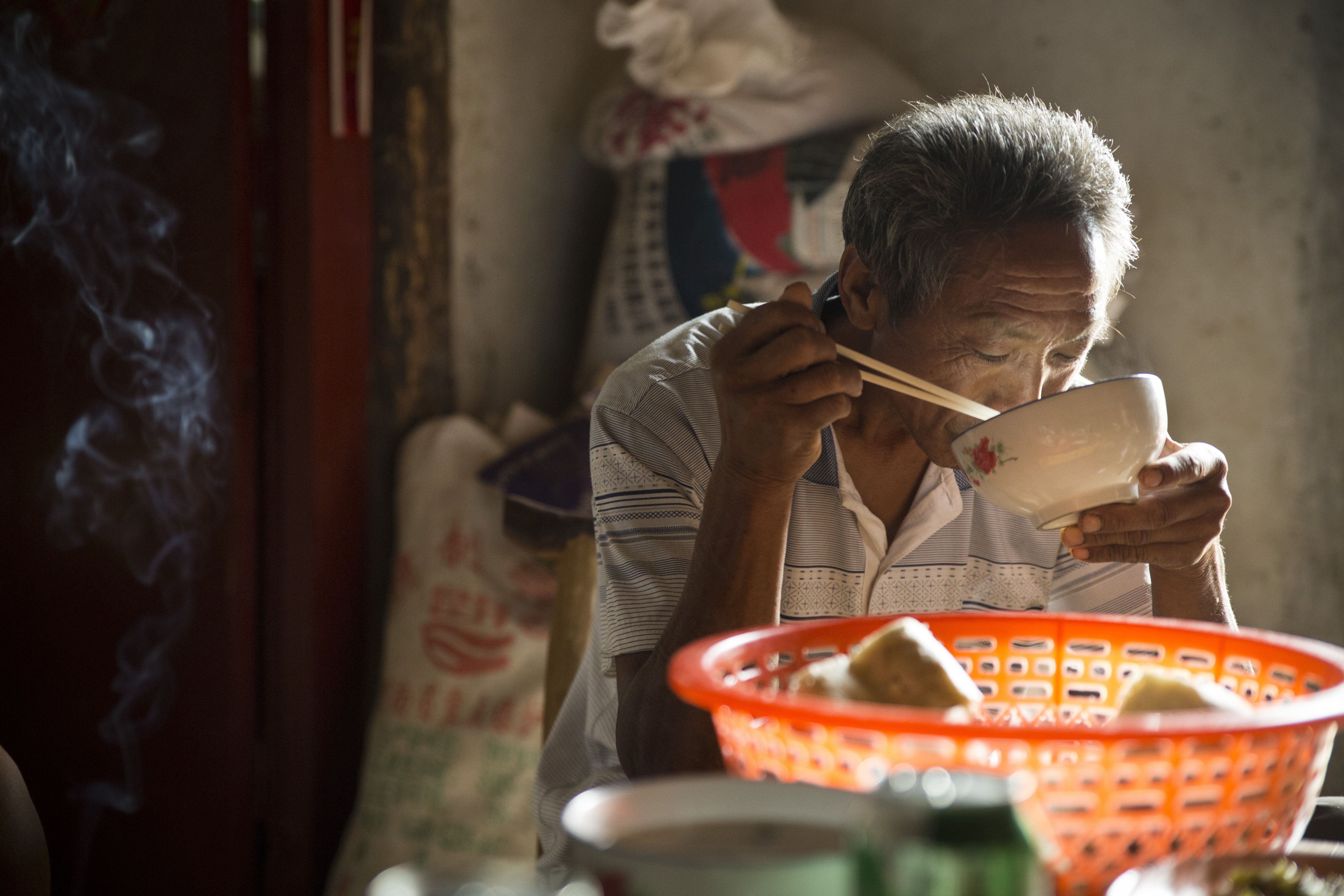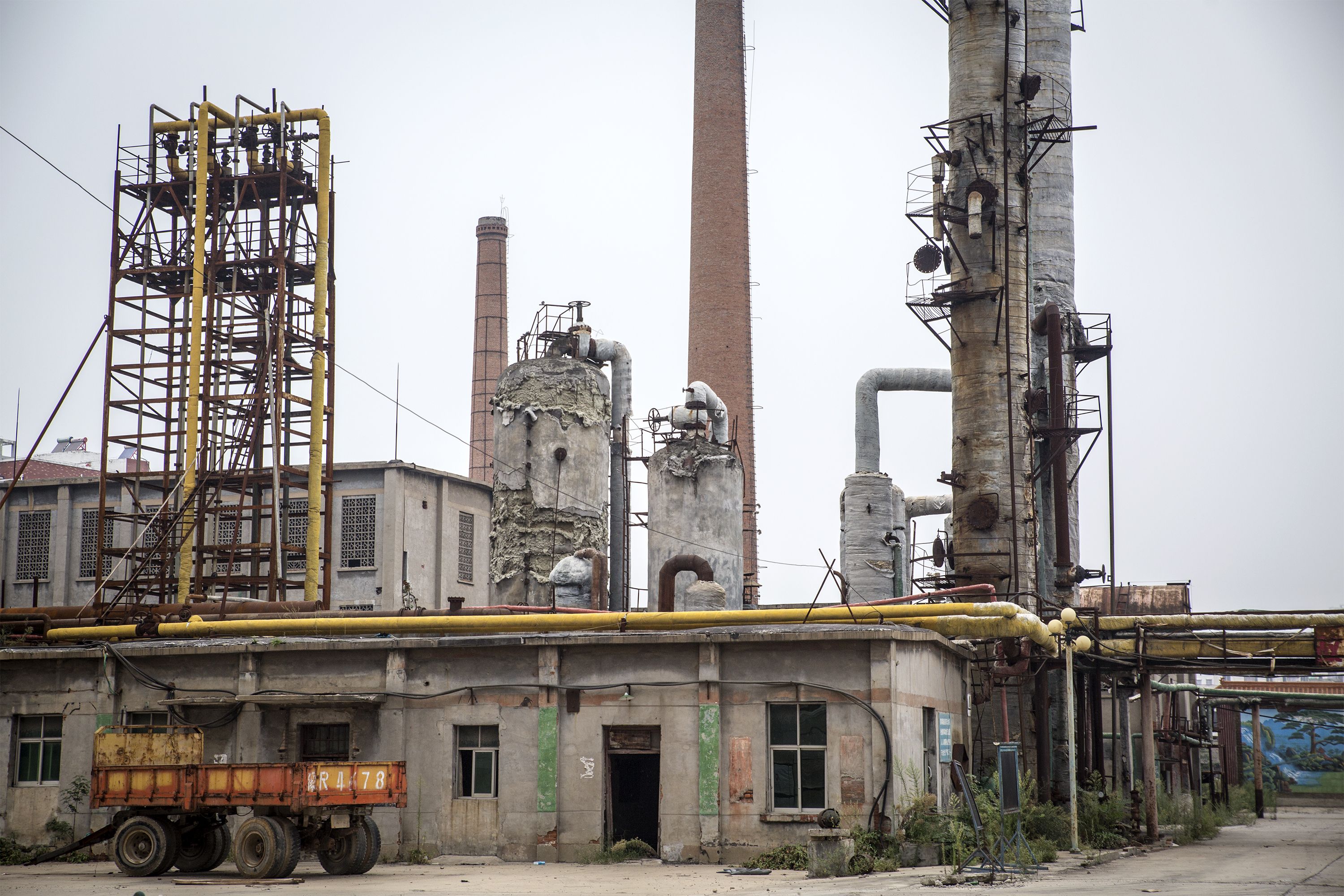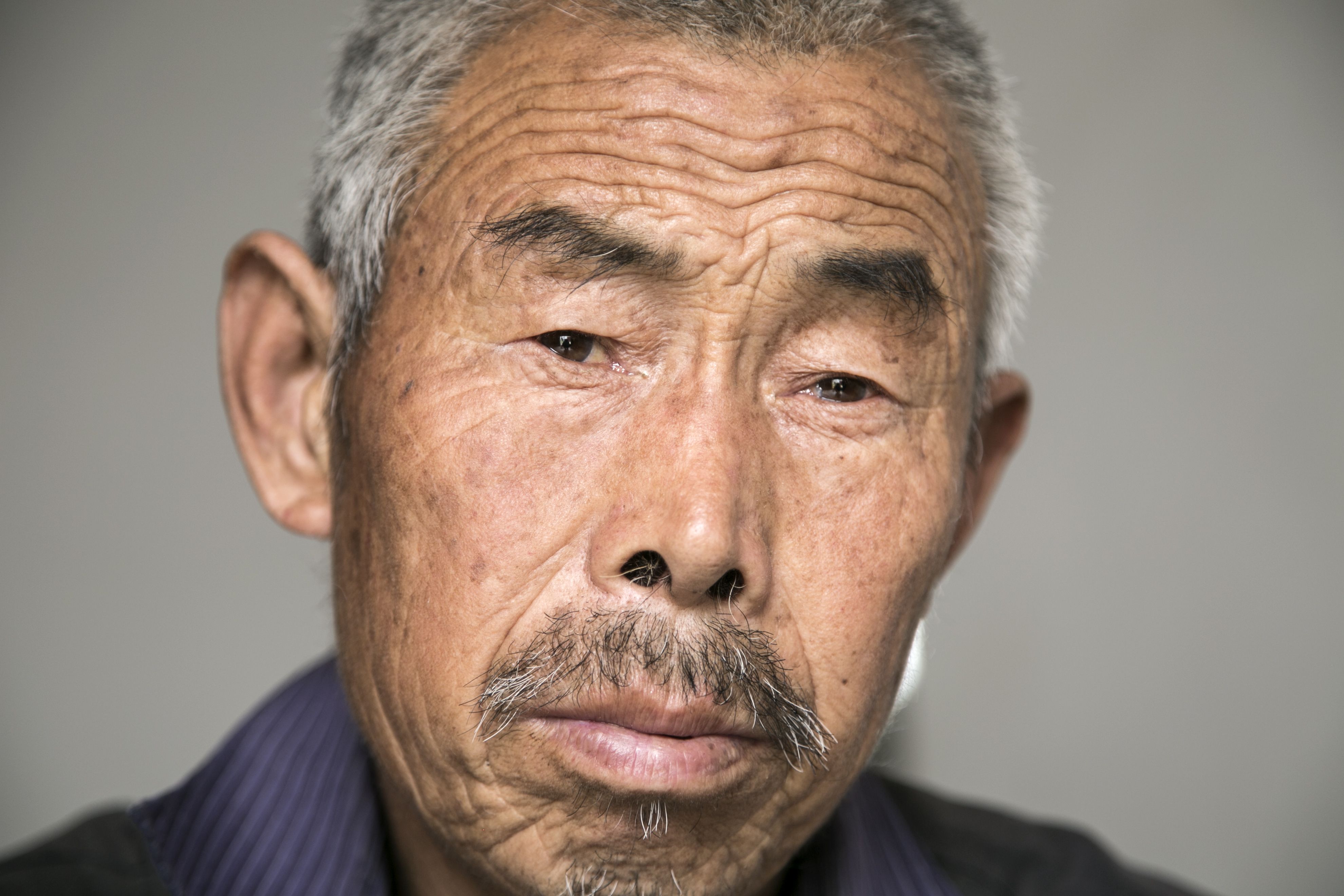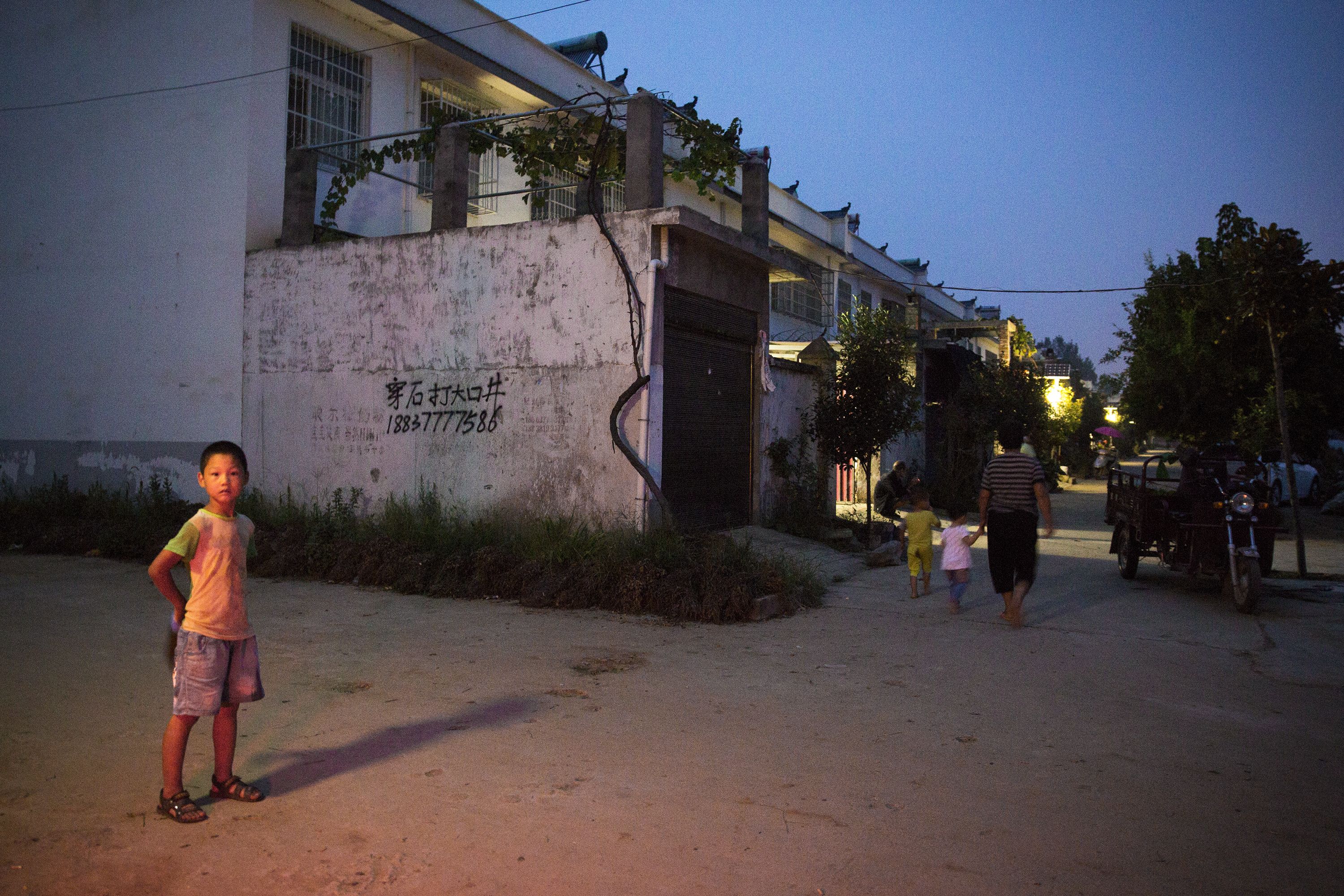Objective:
Students will be able to analyze reporting on two different environmental threats currently facing China in order to form opinions about what needs to be done to combat the effects of climate change in China. They also will be able to debate one another in deciding which threat needs to be addressed first, and which threat is the more egregious offense.
Warm-up:
Discuss the following with a group or partner. Be prepared to share with the class.
- Make a list of current environmental issues that you think affect the world most right now.
- Why those specific issues?
- Who is most affected by environmental issues, people who live in rural areas or in dense populated areas? Why?
- Is it the government's, or is it an NGO's (Non-Governmental Organizations, like PETA, American Diabetes Association or GreenPeace) duty to keep track of human and environmental tolls sustained due to industrial growth?
Introducing the Lesson:
This lesson will cover two very serious topics in China right now: air pollution and the South to North water transfer.
You will be reading the work of grantees Sharron Lovell and Fred de Sam Lazaro.
Sharron Lovell's project took a look at the human cost of the South to North water transfer, while Fred de Sam Lazaro looks at China's pollution problem and the myriad of ways that the government, NGOs and citizens are trying to tackle it.
As you watch/read the following resources, think about the following:
- Do I care about this?
- What does the journalist do to make me empathetic or apathetic to the situation?
- How would I present these stories if I was a journalist?
- Do the journalists present both sides of the argument fairly?
- How would you summarize the piece? Write out a short summary for each piece.
Discuss These Questions After Reading the Resources:
- Which threat do you think is more important? Which one needs to be solved first?
- Why?
- Discuss this in groups.
Extension Activity:
- Take a vote as a class on which issue is more important for China to solve.
- Get into pairs and prepare an argument for why one of the issues is more important than the other. Then, debate a pair who is assigned the opposite issue using guidelines outlined by your teacher.
- After going through all the pairs, take another vote of the whole class.
- If anyone's opinion has changed, have them explain why.
CCSS.ELA-LITERACY.SL.9-10.1
Initiate and participate effectively in a range of collaborative discussions (one-on-one, in groups, and teacher-led) with diverse partners on grades 9–10 topics, texts, and issues, building on others’ ideas and expressing their own clearly and persuasively.
CCSS.ELA-LITERACY.SL.9-10.2
Integrate multiple sources of information presented in diverse media or formats (e.g., visually, quantitatively, orally) evaluating the credibility and accuracy of each source.
CCSS.ELA-LITERACY.SL.9-10.4
Present information, findings, and supporting evidence clearly, concisely, and logically such that listeners can follow the line of reasoning and the organization, development, substance, and style are appropriate to purpose, audience, and task.
Note: In addition to independent investigation of the attached resources, this lesson includes warm up and reflection exercises that are designed to be facilitated in small groups or by the instructor. However, the student instructions for this lesson can be modified if students will be exploring these resources independently.
